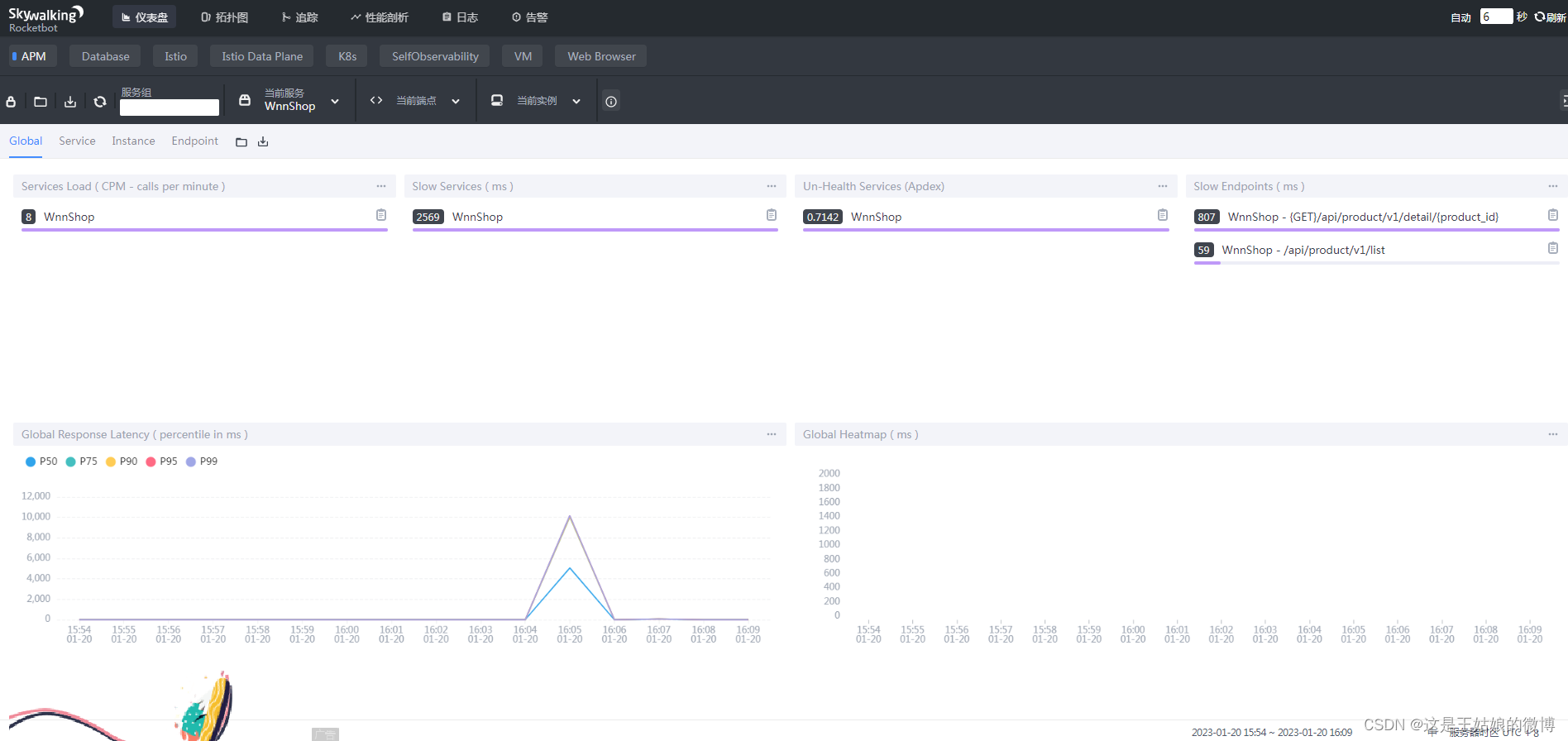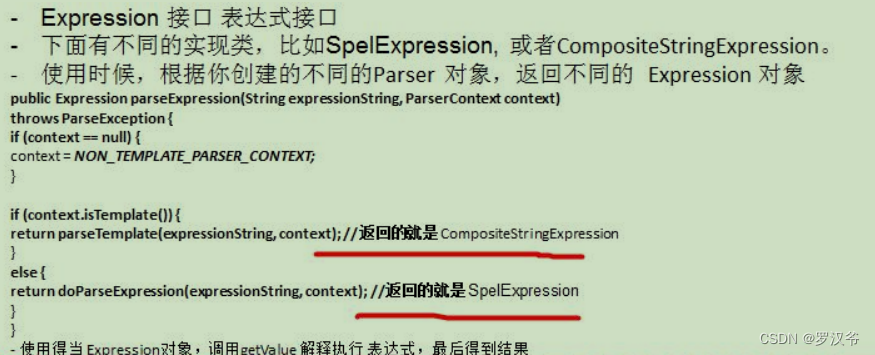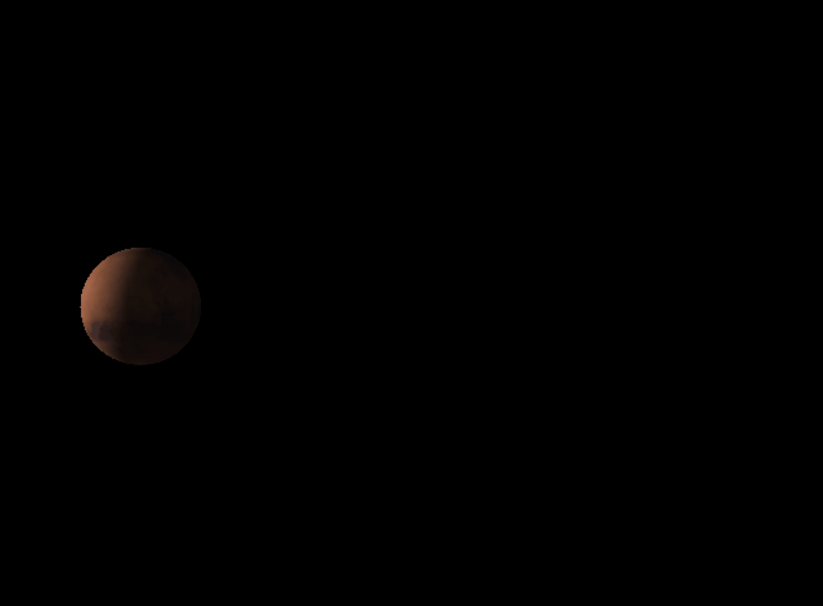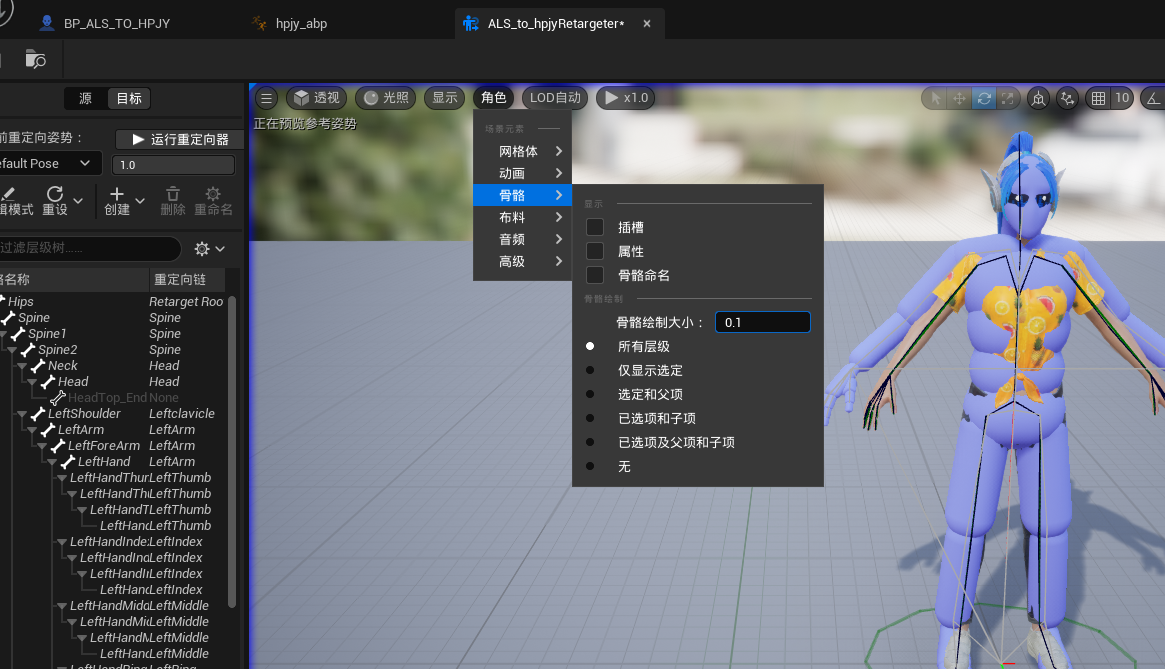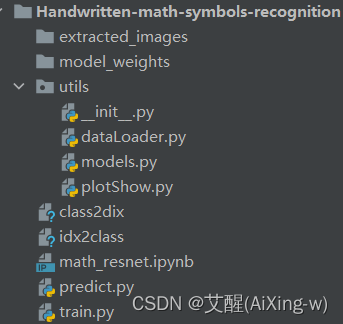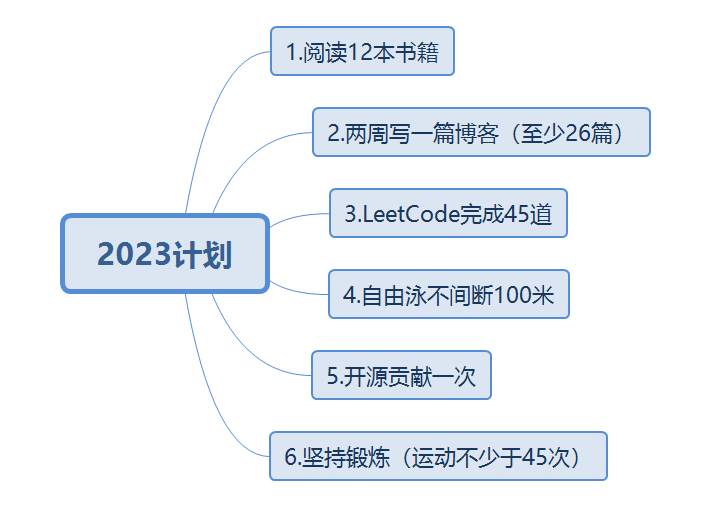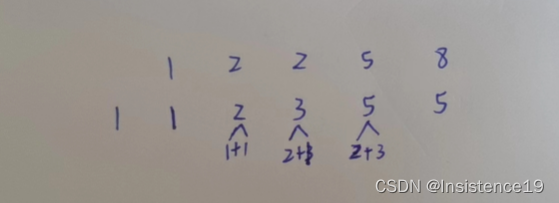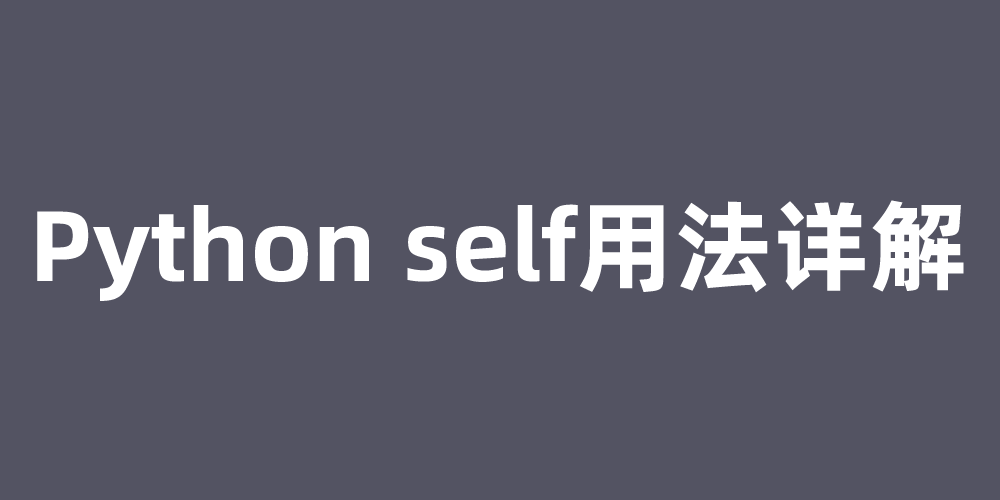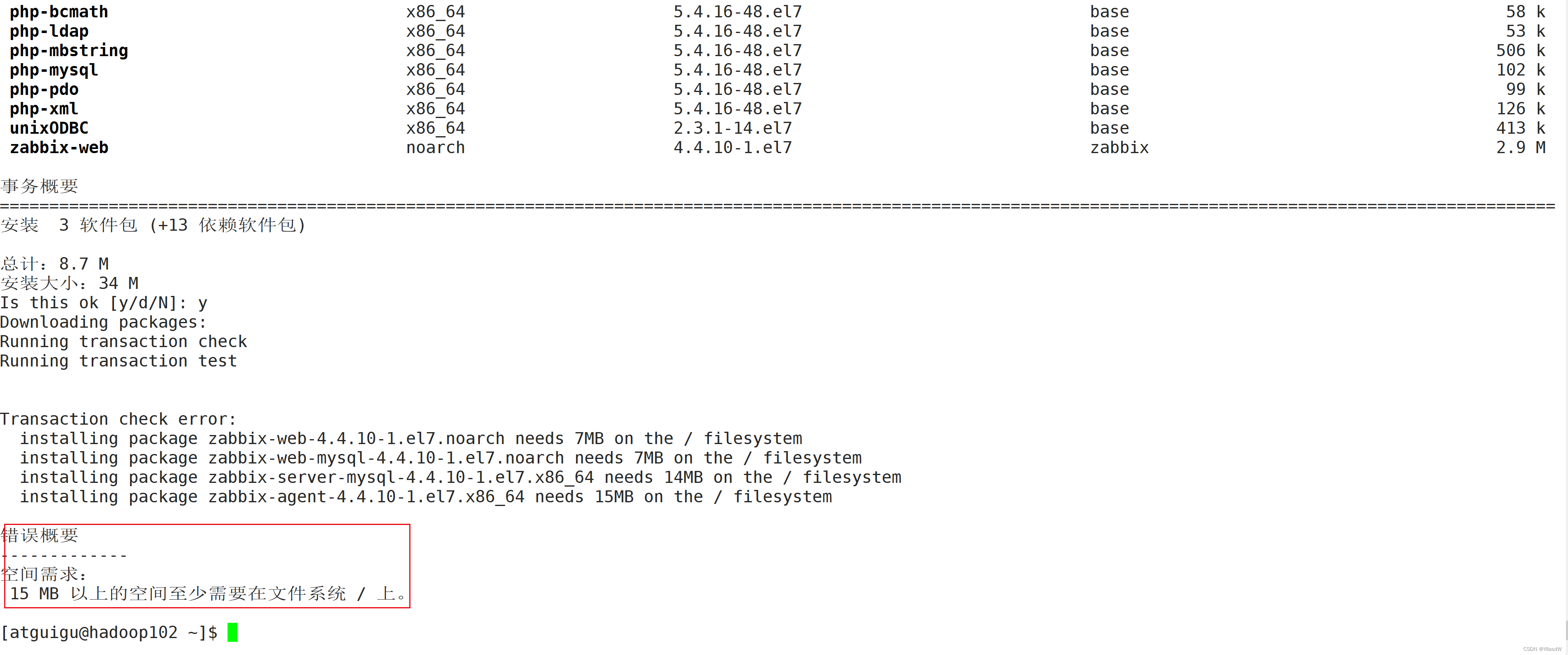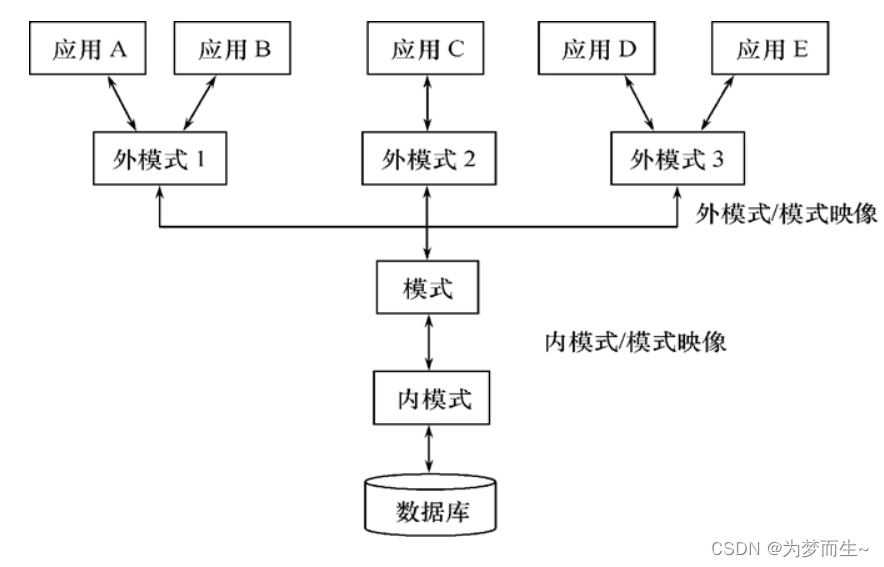一、参考资料
理论基础
文章讲解:https://programmercarl.com/%E6%A0%88%E4%B8%8E%E9%98%9F%E5%88%97%E7%90%86%E8%AE%BA%E5%9F%BA%E7%A1%80.html
用栈实现队列
题目链接/文章讲解/视频讲解:https://programmercarl.com/0232.%E7%94%A8%E6%A0%88%E5%AE%9E%E7%8E%B0%E9%98%9F%E5%88%97.html
用队列实现栈
题目链接/文章讲解/视频讲解:https://programmercarl.com/0225.%E7%94%A8%E9%98%9F%E5%88%97%E5%AE%9E%E7%8E%B0%E6%A0%88.html
二、理论基础
三个最为普遍的STL版本:
HP STL 其他版本的C++ STL,一般是以HP STL为蓝本实现出来的,HP STL是C++ STL的第一个实现版本,而且开放源代码。
P.J.Plauger STL 由P.J.Plauger参照HP STL实现出来的,被Visual C++编译器所采用,不是开源的。
SGI STL 由Silicon Graphics Computer Systems公司参照HP STL实现,被Linux的C++编译器GCC所采用,SGI STL是开源软件,源码可读性甚高。
栈的内部结构,栈的底层实现可以是vector,deque,list 都是可以的, 主要就是数组和链表的底层实现。

三、LeetCode232.用栈实现队列
https://leetcode.cn/problems/implement-queue-using-stacks/
请你仅使用两个栈实现先入先出队列。队列应当支持一般队列支持的所有操作(push、pop、peek、empty):
实现 MyQueue 类:
void push(int x) 将元素 x 推到队列的末尾
int pop() 从队列的开头移除并返回元素
int peek() 返回队列开头的元素
boolean empty() 如果队列为空,返回 true ;否则,返回 false
说明:
你 只能 使用标准的栈操作 —— 也就是只有 push to top, peek/pop from top, size, 和 is empty 操作是合法的。
你所使用的语言也许不支持栈。你可以使用 list 或者 deque(双端队列)来模拟一个栈,只要是标准的栈操作即可。
示例 1:
输入: ["MyQueue", "push", "push", "peek", "pop", "empty"] [[], [1], [2], [], [], []] 输出: [null, null, null, 1, 1, false] 解释: MyQueue myQueue = new MyQueue(); myQueue.push(1); // queue is: [1] myQueue.push(2); // queue is: [1, 2] (leftmost is front of the queue) myQueue.peek(); // return 1 myQueue.pop(); // return 1, queue is [2] myQueue.empty(); // return false
提示:
1 <= x <= 9
最多调用 100 次 push、pop、peek 和 empty
假设所有操作都是有效的 (例如,一个空的队列不会调用 pop 或者 peek 操作)
进阶:
你能否实现每个操作均摊时间复杂度为 O(1) 的队列?换句话说,执行 n 个操作的总时间复杂度为 O(n) ,即使其中一个操作可能花费较长时间。
class MyQueue {
public:
stack<int> stIn;
stack<int> stOut;
// 初始化数据结果
MyQueue() {
}
// push(x) -- 将一个元素放入队列的尾部
void push(int x) {
stIn.push(x);
}
// pop() -- 从队列首部移除元素
int pop() {
// 只有当stOut为空的时候,再从stIn里导入数据(导入stIn全部数据)
if (stOut.empty()) {
// 从stIn导入数据直到stIn为空
while (!stIn.empty()) {
stOut.push(stIn.top());
stIn.pop();
}
}
int result = stOut.top();
stOut.pop();
return result;
}
// peek() -- 返回队列首部的元素
int peek() {
// 直接使用已有的pop函数
int res = this->pop();
// 因为pop函数弹出了元素res,所以再添加回去
stOut.push(res);
return res;
}
// empty() -- 返回队列是否为空
bool empty() {
return stIn.empty() && stOut.empty();
}
};
/**
* Your MyQueue object will be instantiated and called as such:
* MyQueue* obj = new MyQueue();
* obj->push(x);
* int param_2 = obj->pop();
* int param_3 = obj->peek();
* bool param_4 = obj->empty();
*/四、LeetCode225. 用队列实现栈
https://leetcode.cn/problems/implement-stack-using-queues/description/
请你仅使用两个队列实现一个后入先出(LIFO)的栈,并支持普通栈的全部四种操作(push、top、pop 和 empty)。
实现 MyStack 类:
void push(int x) 将元素 x 压入栈顶。
int pop() 移除并返回栈顶元素。
int top() 返回栈顶元素。
boolean empty() 如果栈是空的,返回 true ;否则,返回 false 。
注意:
你只能使用队列的基本操作 —— 也就是 push to back、peek/pop from front、size 和 is empty 这些操作。
你所使用的语言也许不支持队列。 你可以使用 list (列表)或者 deque(双端队列)来模拟一个队列 , 只要是标准的队列操作即可。
示例:
输入: ["MyStack", "push", "push", "top", "pop", "empty"] [[], [1], [2], [], [], []] 输出: [null, null, null, 2, 2, false] 解释: MyStack myStack = new MyStack(); myStack.push(1); myStack.push(2); myStack.top(); // 返回 2 myStack.pop(); // 返回 2 myStack.empty(); // 返回 False
提示:
1 <= x <= 9
最多调用100 次 push、pop、top 和 empty
每次调用 pop 和 top 都保证栈不为空
进阶:你能否仅用一个队列来实现栈。
两个队列版本代码实现-2023.1.20
class MyStack {
public:
// 两个队列版本
queue<int> que1;
queue<int> que2; // 辅助队列,用来备份
// 初始化数据结构
MyStack() {
}
// push(x) -- 元素 x 入栈
void push(int x) {
que1.push(x);
}
// pop() -- 移除栈顶元素
int pop() {
int size = que1.size();
size--;
// 将que1导入que2,但要留下最后一个元素
while (size--) {
que2.push(que1.front());
que1.pop();
}
// 留下的最后一个元素就是要返回的值
int result = que1.front();
que1.pop();
// 再将que2赋值给que1
que1 = que2;
// 清空que2
while (!que2.empty()) {
que2.pop();
}
return result;
}
// top() -- 获取栈顶元素
int top() {
return que1.back();
}
// empty() -- 返回栈是否为空
bool empty() {
return que1.empty();
}
};
/**
* Your MyStack object will be instantiated and called as such:
* MyStack* obj = new MyStack();
* obj->push(x);
* int param_2 = obj->pop();
* int param_3 = obj->top();
* bool param_4 = obj->empty();
*/一个队列版本代码实现-2023.1.20 进阶
class MyStack {
public:
// 一个队列实现版本
queue<int> que;
/** Initialize your data structure here. */
MyStack() {
}
/** Push element x onto stack. */
void push(int x) {
que.push(x);
}
/** Removes the element on top of the stack and returns that element. */
int pop() {
int size = que.size();
size--;
while (size--) { // 将队列头部的元素(除了最后一个元素外) 重新添加到队列尾部
que.push(que.front());
que.pop();
}
int result = que.front(); // 此时弹出的元素顺序就是栈的顺序了
que.pop();
return result;
}
/** Get the top element. */
int top() {
return que.back();
}
/** Returns whether the stack is empty. */
bool empty() {
return que.empty();
}
};
/**
* Your MyStack object will be instantiated and called as such:
* MyStack* obj = new MyStack();
* obj->push(x);
* int param_2 = obj->pop();
* int param_3 = obj->top();
* bool param_4 = obj->empty();
*/总结:
过完年啦,抓紧时间收收心,该补的题及时补上,不能再偷懒!!!
栈和队列是基本数据结构中必须要掌握的,今天的俩题重点在于理解两种结构的底层实现原理,尽管在实际业务中不常有需求互相实现,但是对之后更难的专题训练理解有深刻意义。
落下一次又一次,只能是一次又一次跟不上,时间是挤出来的,懒散是不自律惯得。事实就在这儿放着,怎样行动看你啦
刷题加油鸭~~
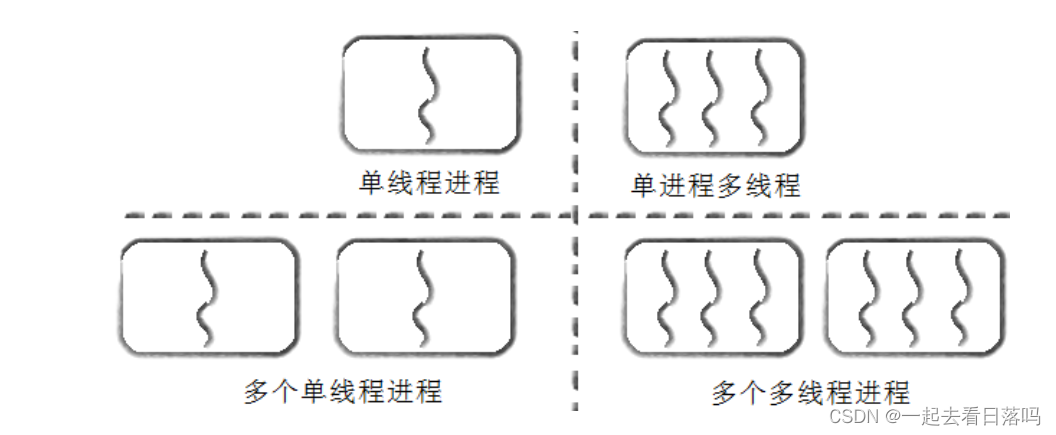
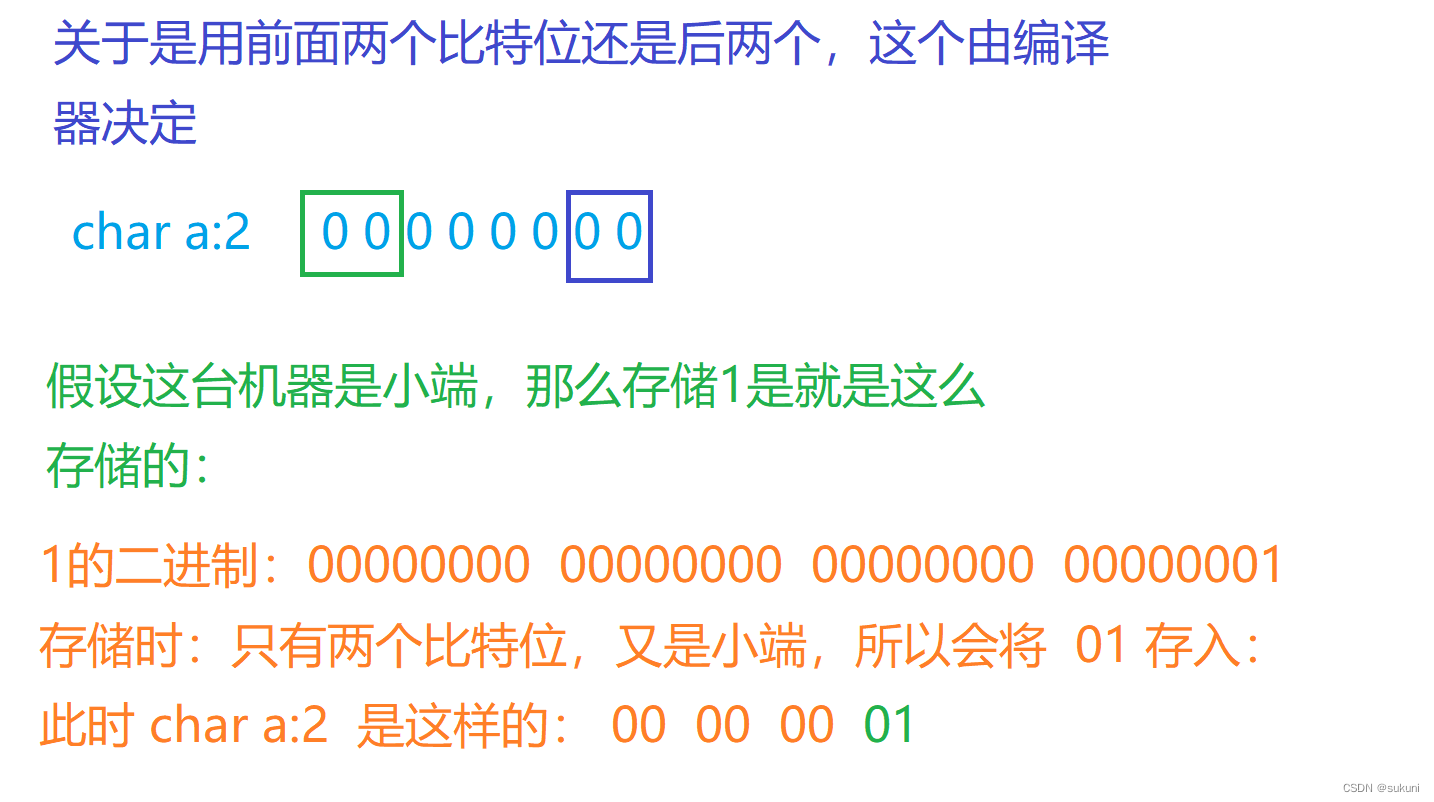
![剑指 Offer 03. 无重复字符的最长子串 [C语言]](https://img-blog.csdnimg.cn/2a7f8a0283f647039c01b7f74b67d470.png)
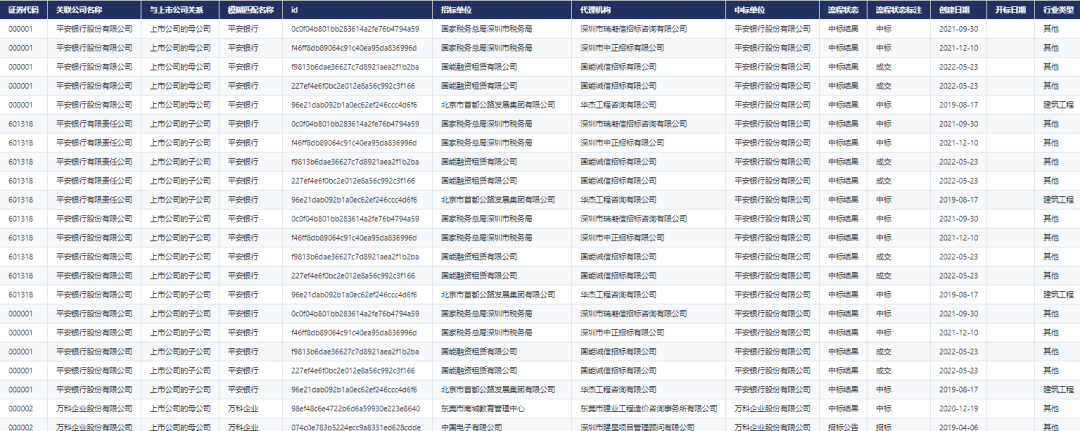

![一文读透JVM虚拟机结构[迭代中]](https://img-blog.csdnimg.cn/img_convert/f436dce071d1653571e2b9bd8a2bdd2e.webp?x-oss-process=image/format,png)
